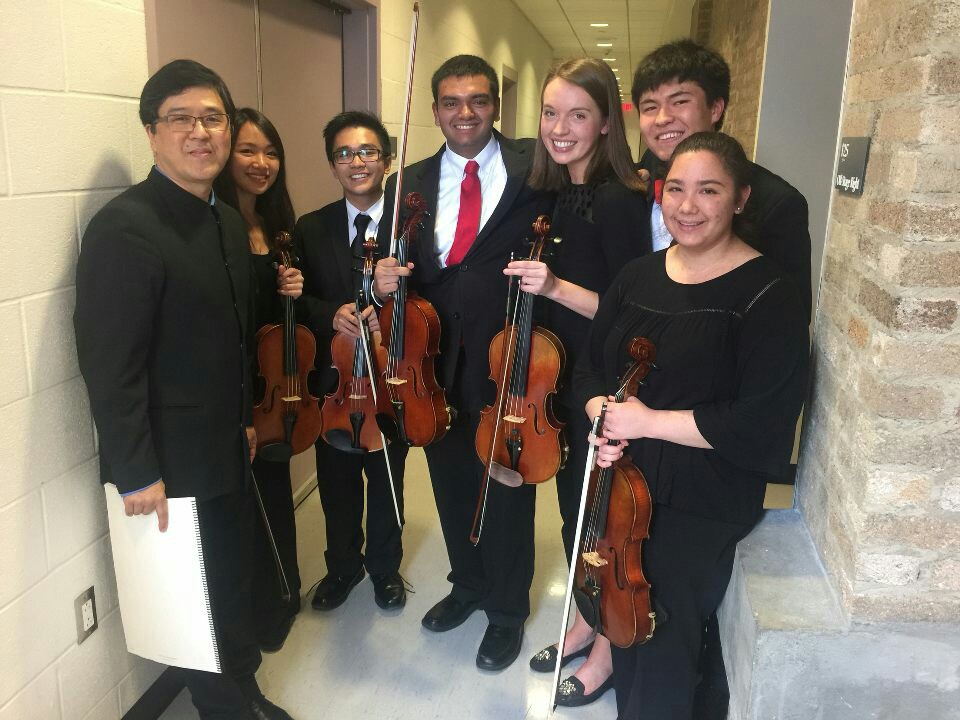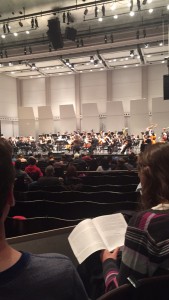It was a beautiful day, mild temperatures and not sunny but not cloudy. After a long, rough week, I subconsciously yearned for an activity that would take my mind away from all of the stressful stimuli. Something that stimulated my senses and that helped me clear my head.
On this Sunday, it just so happened that the Cornell Symphony Orchestra was playing. As I walked there with the Rose Scholars group, I took in the refreshing views of Ithacan Spring, and breathed the fresh air. This was all a great appetizer to what was about to be the entree – the symphony’s performance.
It was exhilarating! As the musicians were preparing, my eyes remained glued to their concentrated faces. It was so impressive, I thought, how these students manage classes and other activities but still manage to come practice with the orchestra to prepare such beautiful, pleasing music.
The first piece was Tchaikovsky’s Romeo and Juliet piece. It took my breath away. As I sat in Bailey Hall with my eyes closed, I could see the images rise from the notes that were being played. Every single person on stage was in sync and it truly made seeing their precision entertaining in its own right. I had never been to see solely a symphony orchestra, but after this magnificent experience, I know that this will not be the last time.


 While this particular performance was very exhausting compared to others, it was also a great one. I am already looking forward to next semester’s performance!
While this particular performance was very exhausting compared to others, it was also a great one. I am already looking forward to next semester’s performance!